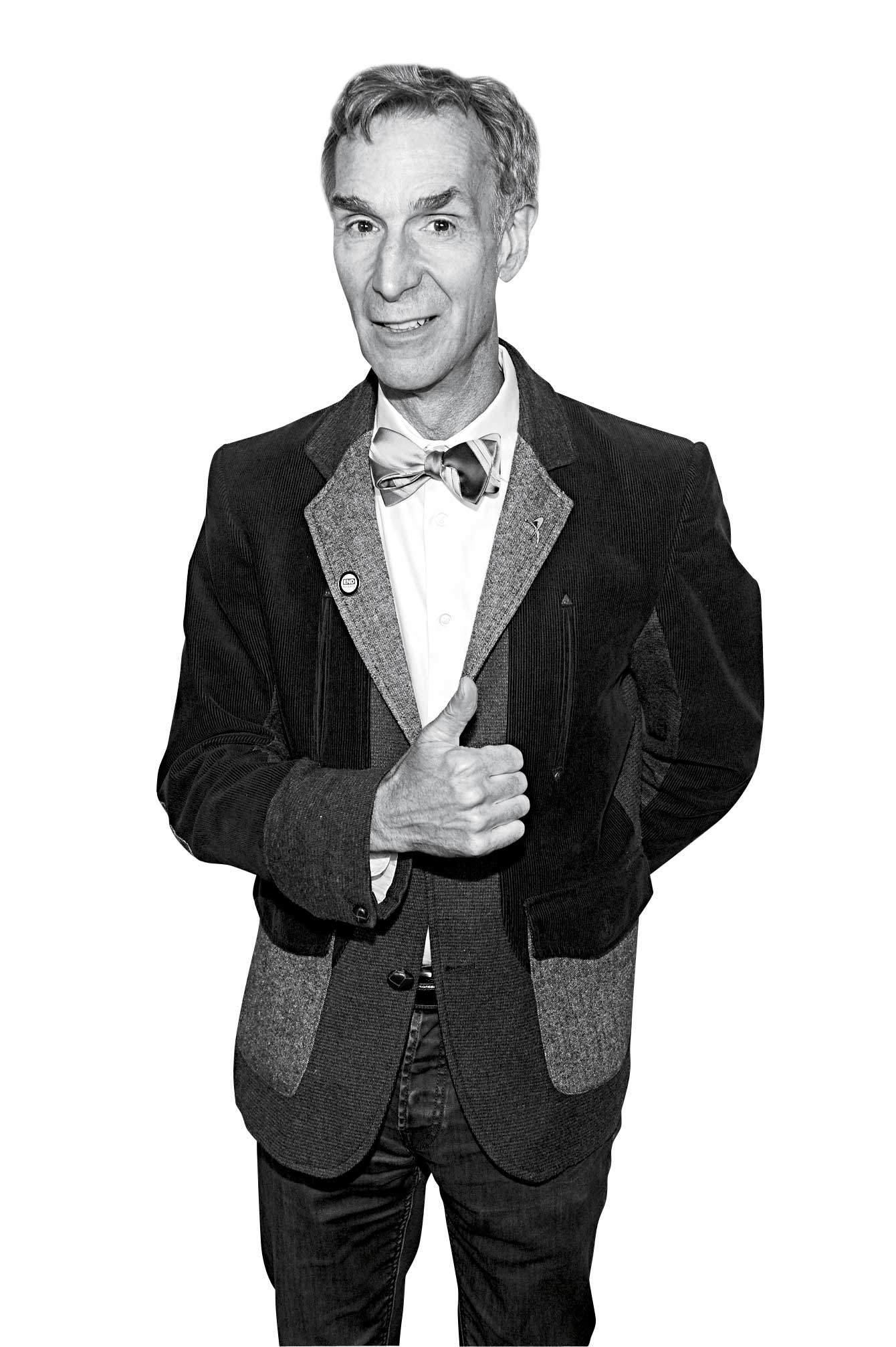
Why take on climate change now?
It’s the most important problem facing humankind, and it’s going to take everyone in the world to address it.
Why is it important for you to focus on solutions?
I became an engineer because I think any problem can be solved with technology. It’s not an exaggeration! The key things we have to provide for everyone are electricity from renewable sources and clean water for everyone in the world.
In the book, you’re fairly dismissive of the upcoming Paris climate talks.
Well, not dismissive. Without the U.S. in the lead, it’s just not going to get done. If the U.S. were out in front, everybody would be on board.
What about President Obama’s recent announcement on Keystone?
I am relieved that it was canceled at last. It would have been bad for humankind.
Who do you hope to reach with your book?
Everyone in the whole world! No, I want it to be another brick in the ziggurat, the Great Pyramid of inspiring people to investigate new sources of renewable energy. To consider them, to vote for them, to support utilities that use them. And we do have this nontrivial problem of having to get the deniers out of the way. They’re trouble.
How do you make the average person understand science?
You have to have learning objectives–things you want to get across. You want to make a point: Humans and dinosaurs did not live concurrently. If you get the adjacent carbon dating of volcanic soil, that’s cool. But what I want you to get is that ancient dinosaurs and humans did not live at the same time. The rest is gravy.
How does it feel to be the representative of all science?
It’s something I’ve grown into. What I was taught and what I’ve embraced is the process of science–that’s the main thing. How do we know what we know? It’s through this process of science.
Do you and Neil deGrasse Tyson ever get into engineer-physicist arguments?
All the time. That’s what we do for fun. He says, “If you assume a level swing, how can you hit a home run?” I go, “Neil, it’s not level when you hit a home run.” But when it comes to astrophysics, he kicks my ass.
You attended Astronomy Night at the White House. Did you chat with Ahmed Mohamed at all?
The clock guy? Just for a second. He was surrounded. I guess that’s just a pun–“just for a second.” A hilarious time-passage pun.
You’ve described yourself as an actor and a scientist. At this point in your career, how do you think of yourself?
A science educator, a science popularizer. I do engineer things once in a while, but that doesn’t pay that well.
What sort of projects have you done recently?
The next project at the house is the rainwater. I have to have much more extensive rainwater capture. I barely capture 200 gallons. I’ve got to get up in the thousands.
What’s a week in the life for you?
On a book tour, it’s getting on planes and talking and getting on planes and talking. Adding to my carbon footprint! What we want to do is take all aircraft to hydrogen-powered turbines, hydrogen-powered jet engines. We’re working on it.
Have you ever been seen with no bow tie?
Well, sure. But I do like wearing a tie to feel crisp and dressed up out of respect for the audience. As Jerry Seinfeld said, “You want to look like a headline.”
–JUSTIN WORLAND
More Must-Reads From TIME
- The 100 Most Influential People of 2024
- Coco Gauff Is Playing for Herself Now
- Scenes From Pro-Palestinian Encampments Across U.S. Universities
- 6 Compliments That Land Every Time
- If You're Dating Right Now , You're Brave: Column
- The AI That Could Heal a Divided Internet
- Fallout Is a Brilliant Model for the Future of Video Game Adaptations
- Want Weekly Recs on What to Watch, Read, and More? Sign Up for Worth Your Time
Write to Justin Worland at justin.worland@time.com